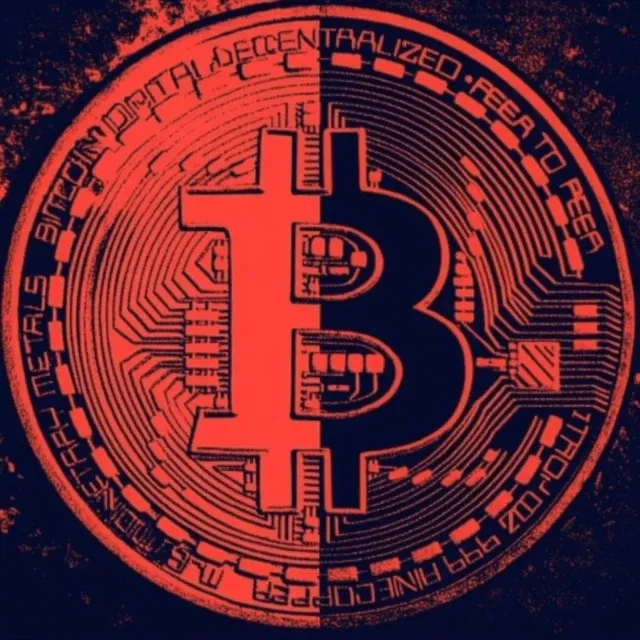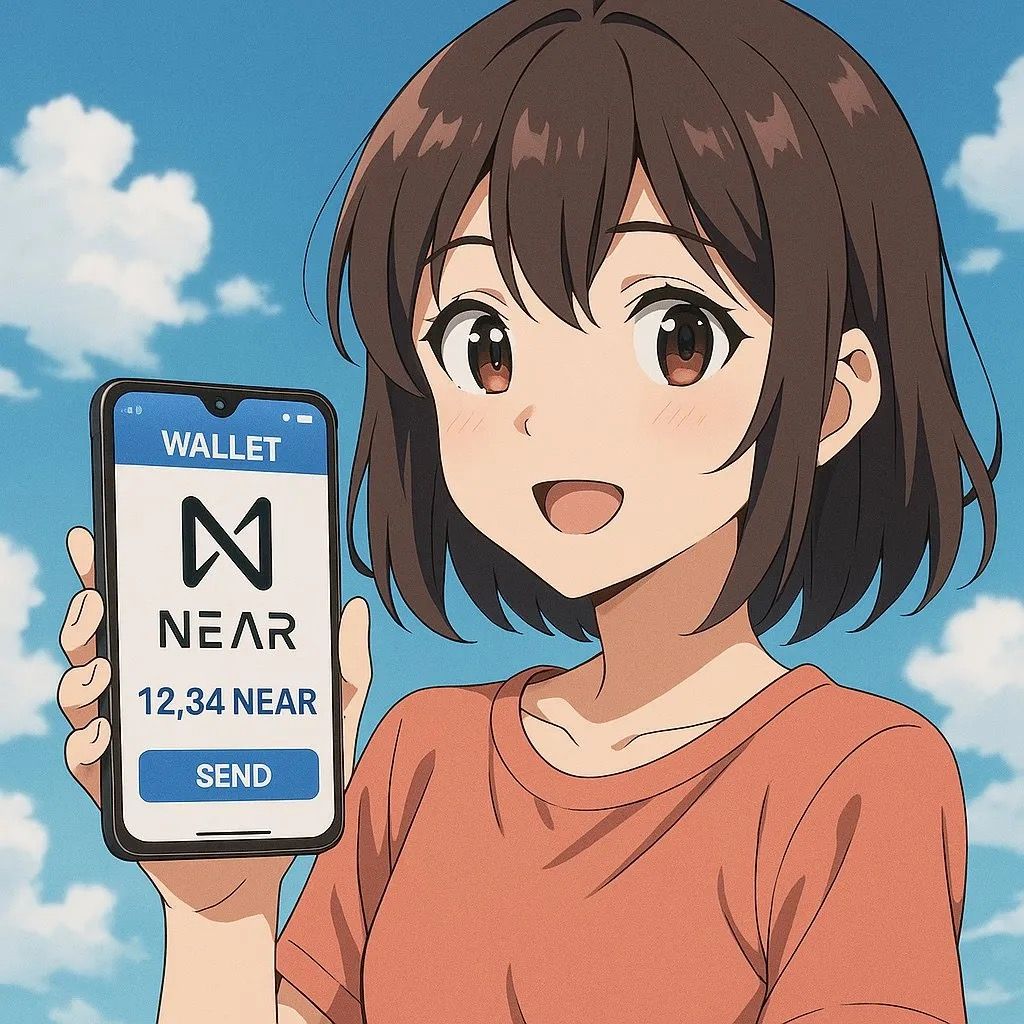Tokenization Could Save the Domain Market from Collapse
The Internet’s Real Estate Meltdown: How Tokenization Could Save Domains
Billions in value are locked in outdated Web2 systems — blockchain might be the only way out.
⚡ Quick Hits
- 💸 Crisis: Web2 domain market faces a liquidity freeze
- ⛓️ Solution: Tokenization on Ethereum and ENS
- 🧩 Benefits: Instant settlement, fractional ownership, lower fees
- 🚨 Risk: Billions in lost value if Web3 systems aren’t adopted
- 🌍 Trend: Domains are evolving into tokenized digital real estate
🏚️ The Old Internet Can’t Keep Up
The domain name market — once the digital land rush of the internet era — is collapsing under its own weight. Traditional registrars, brokers, and escrow systems built in the 1990s are too slow, too costly, and too opaque.
According to Cointelegraph, this inefficiency has triggered a liquidity crisis, freezing billions in domain value that can’t easily move, trade, or fractionalize. Domain transactions often take days or weeks, burdened by fees as high as 20–30%.
“Without tokenization, the domain market risks becoming obsolete,” warns D3 Global, one of the firms pushing Web3 naming standards.
🪙 Tokenization: The Blockchain Lifeline
Blockchain-based tokenization transforms domains into liquid, programmable assets — not just static web addresses.
By minting each domain as a token (like an NFT), ownership transfers instantly, settlement is verifiable, and even fractional ownership becomes possible.
In short: 💰 No middlemen ⚡ Instant trades 🔍 Transparent ledgers 🧩 Fractional domain investing
This turns a once-illiquid Web2 market into a real-time, borderless marketplace — where anyone, anywhere, can buy or sell pieces of digital real estate.
🔗 ENS: Ethereum’s Naming Revolution
The Ethereum Name Service (ENS) leads this movement, providing 1:1 on-chain ownership for digital identities like alice.eth.
Each ENS name is a fully tradable NFT, settled in seconds on Ethereum — no registrar, no escrow, no red tape.
ENS’s growth shows what’s possible when domain ownership meets blockchain efficiency:
- Transparent trading via marketplaces like OpenSea
- Global accessibility 24/7
- No intermediaries or hidden fees
Ethereum’s infrastructure now powers many of these tokenization projects, cementing its role as the financial backbone of Web3 identity.
⚖️ The Catch: Regulation and Integration
The transition from Web2 to Web3 naming won’t happen overnight. Integration with ICANN and legacy DNS systems remains a regulatory gray zone, while governments are still defining digital property rights.
Still, with tokenized naming protocols gaining traction and blockchain standards maturing, the momentum is undeniable.
“Tokenized domains represent the next frontier of digital property — faster, fairer, and global,” said a D3 Global analyst.
💡 Why It Matters
This isn’t just about domain names — it’s about the future of ownership on the internet.
As Web3 expands, domains are evolving from website placeholders into financialized identity assets — tradable, composable, and liquid. Failing to modernize could leave billions of dollars in value locked away in outdated registries.
Blockchain is the only exit ramp.
TL;DR
- 🌐 The Web2 domain market is collapsing under outdated systems.
- 🪙 Blockchain tokenization enables real-time, transparent, and fractional ownership.
- ⚙️ ENS and Ethereum lead the charge in creating on-chain naming systems.
- ⚖️ Regulatory clarity remains the missing link.
- 💡 The next boom in “digital real estate” will be on-chain.

Recent News
All Time High • Live
Have questions or want to collaborate? Reach us at: info@ath.live











